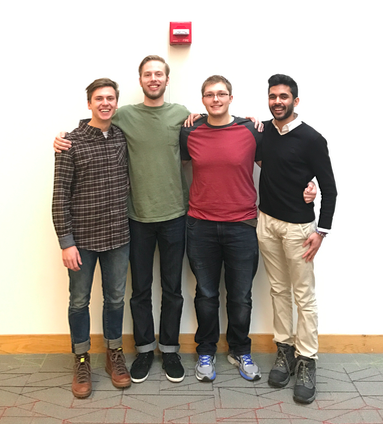Force monitoring model for casting a distal radius fracture
This project has been secured to protect intellectual property.
Login for More InformationDesign Award
- Design Excellence Award Winner
Project Overview
There currently exists no method to quantify the casting of a distal radius fracture during training. Today’s medical students learn how to reduce and cast fractures via trial and error on simulators, and by observing senior peers performing actual castings. Improper castings lead to a variety of complications that affect the integrity of the healing site or even risk the patient’s life. The proposed design aims to contribute interactive feedback using force sensitive resistors (FSRs). Forces can be measured during all phases of the reduction and casting process and stored for competency analysis. A graphical user interface (GUI) displays whether a participant is in the appropriate force range at a specific location and supplies responsive visual feedback. The system as a whole provides an effective manner to interactively teach a novice, declare objective competency of casting, and contribute data on appropriate forces for treating distal radius fractures.
Team Picture

Image

Contact Information
Team Members
- Trace Jocewicz III - Team Leader & Communicator
- Andrew Baldys - BSAC
- Marshall Schlick - BWIG
- Keshav Garg - BPAG
Advisor and Client
- Prof. John Puccinelli - Advisor
- Dr. James Stokman - Client
Related Projects
- Spring 2018: Pressure monitoring model for casting a distal radius fracture
- Fall 2017: Sensorized broken wrist model for teaching casting via simulated fluoroscopy
- Spring 2017: Force monitoring model for casting a distal radius fracture
